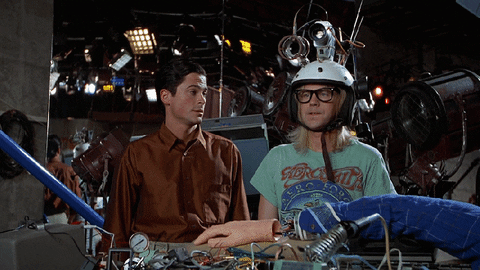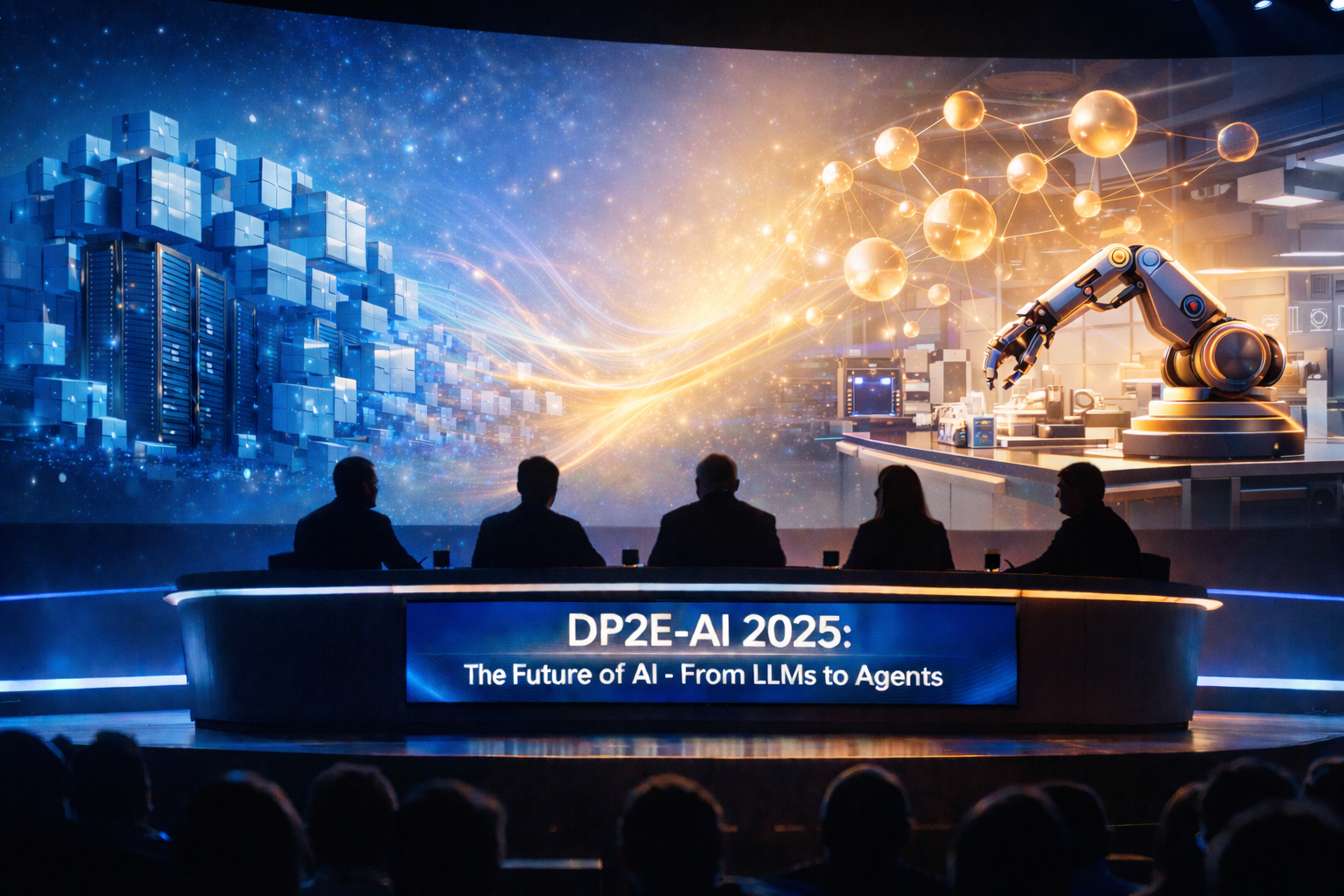Are real transformations within reach of businesses? The crisis we are currently experiencing undoubtedly pushes companies to make choices. For some, survival has become the watchword. Even though many of them demonstrate an uncommon openness and solidarity, especially in normal times... For others, it is time to prepare for the future (no matter how uncertain it may be) and to transform themselves.
However, the enterprise is a complete system in itself. Like any system, it naturally finds its equilibrium point or homeostasis. It is not enough to verbalize an injunction to force the system to change its target state. The individuals who compose it must realize the urgency of addressing it (somewhat like with the current crisis). Additionally, management must support the change. How? By providing spaces for freedom, permission, and protection. But also by fostering collective dynamics beyond their respective silos.
In businesses, most of these transformations precisely start with an injunction: "Be more efficient!", "Be customer-oriented!", or "Be agile!" Without knowing how or why, even though the "why" seems clearer because it is often formalized in a beautiful business case full of promises... always mostly oriented towards the company's performance.
In short, when reading all of this, one might think it's not a done deal... And yet!
So, how do you actually start your business transformation?
Any significant change in a business involves three constants:
- A sponsor at the right level. They must be capable of supporting a comprehensive dynamic and providing the necessary permissions (or mandates?) to anchor change permanently.
- A necessary consideration of the company's context, culture, and history.
- Convergent expectations rather than total alignment of individuals, and above all, balancing of value.
The sponsor of the transformation: without them, nothing happens!

The sponsor is the cornerstone of the process and the spark that launches the transformation dynamic. They engage their structure and take risks in view of a promise of added value for the entire system. It is up to them to encourage change by giving it broad scope. They must also relay the organization's expectations, representing the voice of the stakeholders who are clients of the transformation. From their actions will stem the perceived meaning by the teams and the coherence of the target to be reached.
The question of meaning can also arise here. Should we define a target vision and communicate it widely, or make a transformation a succession of incremental changes that are less abrupt but question the value to be achieved as we go along?
In most cases, this vision is set globally, and often the prism of the company and productivity is the only tangible meaning perceived (whether intentional or not) to always strive for greater performance. This is at the expense of value for the customer and value for the employee.
This is where we understand that the sponsor must be at the right level and ensure the coherence of the whole and the value to be achieved.
Do not underestimate the weight of the company's culture and history!
Let's now focus on the second point. Let's start from the assumption that we have our enlightened leader who communicates why and for what they do things and who is at the right level to allow the organization and the men and women who compose it to transform themselves.
Now we are going to try to make the whole thing move. This is where the difficulties begin...
Throughout history, human beings have always sought security above all else, and change is a source of insecurity. In our modern companies, this fear of change often translates into a fear of failure. This is induced by a change in reference and a loss of benchmarks.
To prevent this, two rather antagonistic models naturally emerge:
- The managerial model. It relies on processes, procedures, and roles. It assumes that the framework of the company guarantees security.
- The anthropological model. It describes it as the individual perception of a human being facing a situation and their ability to react by relying on a set of practices, beliefs, ways of doing and thinking.
When our desire to change clashes with our value system and our lived experience
When we try to align ourselves with a mode of change, often, this is where (our) solution to be implemented crystallizes our beliefs, habits, worldviews, etc. They are often irreconcilable because they are based on years and years of experience. They cannot be questioned because they constitute what makes us who we are today (the Semmelweis effect*).
How many times have you heard: "I've been operating this process like this for 30 years, we can't do it differently", or "If we don't follow the process (note: very heavy and bureaucratic), it's the door open to all sorts of abuses"?

In this case, the fear of change is akin to a fear of giving up... As I often say, it is not about being right and having the objectively most efficient solution. It is about implementing a solution that has the broadest value and adherence.
Seek at all costs to balance value in your transformation!
This is where the third point makes all its sense. I would be tempted to shift the problem by changing the context of the issue. Taken individually and frontally, we cannot ask an individual who does not see the interest in it to change their practices. It is even worse if this change involves one of their peers who themselves have their own worldview...
What I observe in the transformations that companies undertake is that this quest for alignment, around a common sense, is omnipresent and often sought after by the consultants and coaches who accompany the organizations. But ultimately, are we not collectively on the wrong track? Seeking this alignment systematically from the start will at best be a source of frustration. At worst, it will shed light on the wrong direction by projecting our own ideal of consultant/coach onto the leader.
What I would look for are convergent expectations on a given change, whether it concerns a project, a product, a team, a process... What do you expect from this change and what impact do you expect (measurable success criteria)? It is easier to agree locally on urgencies (issues to address) and the principles that the target must satisfy than on the target itself (or the how).
When I look at some organizations that I have seen evolve successfully, I find this alignment among the various stakeholders, and I think that everyone has found their value in it. Yet, the success of change largely depends on individuals and the value they themselves will derive from it. This is true for customers themselves as well as for employees (whatever their roles). But isn't the company itself a customer of its own change? Shouldn't it also derive value from it?
Well, yes! and this is what I would call balancing value. If everyone finds their value and meaning in it, change can happen.
And yet if the culture is there, it's because the system has found its match
If we look at companies and the world around us with humility, we realize that on our small scale, we cannot impose our own reading of the world and what we believe is good for the customer (with all the good intentions we can put into it) without taking into account the culture and historical context of the company. Wanting to "liberate" a "military" company would probably be a lost cause? And yet if this culture is there, it's because the system has found its match.
As organization facilitators, we must cultivate the ability of the company to learn from its context, its attempts at solutions, to seek its new homeostasis under the impulse of its leader, without trying at all costs to project it into our wildest desires.
Our role is above all to seek this new balance of value among stakeholders. This will be the anchor point for lasting change.
*The Semmelweis effect, or translated from English, Semmelweis reflex, is a metaphorical expression that describes the natural tendency to reject new evidence or new knowledge because it goes against previously established norms, beliefs, or paradigms (source: Wikipedia)




